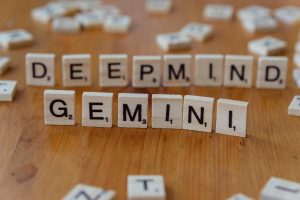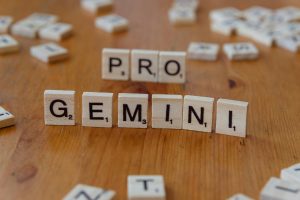How do people make politicians sing using AI if they’re not singers
Unlocking the Mystery: How AI Brings Politicians and Celebrities to Life Through Singing
In recent years, the realm of artificial intelligence has seen astonishing advancements, particularly in the field of voice synthesis. One intriguing development is the ability to transform recordings of public figures—whether politicians, celebrities, or other personalities—into convincing singing performances. But have you ever wondered how this feat is accomplished? How can AI make a person’s spoken voice produce melodious singing, even when it’s sourced from simple audio clips of talking voices?
Despite numerous discussions about AI-generated voices and their applications, many questions remain unanswered: What’s the secret behind turning a normal speech clip into a singing voice? What technology makes this transformation possible? And how do these systems learn to fill in the musical details that aren’t present in the original recordings?
The process involves sophisticated techniques in machine learning, especially deep neural networks trained specifically for voice modulation. Here’s a quick overview:
Conversion of Speech to Singing: The Core Techniques
-
Voice Cloning and Synthesis: Advanced AI models, such as generative neural networks, are trained on vast datasets of a person’s voice—both spoken and sung. By analyzing the unique features of these voices, the system learns to generate audio that resembles the original speaker but is capable of singing.
-
Voice Conversion Algorithms: These algorithms extract the speaker’s vocal characteristics from speech clips and then modulate the pitch, rhythm, and tone to produce a singing voice. Essentially, they “translate” spoken language into musical notes while maintaining the speaker’s vocal identity.
-
Musical Embedding and Conditioning: To produce a realistic singing performance, AI models are often conditioned on musical inputs—such as melodies or lyrics—and trained to generate vocal output that aligns with the musical notes while preserving the speaker’s voice signature.
-
Fine-Tuning and Rendering: After initial synthesis, additional processing refines the sound, ensuring smooth transitions and natural-sounding vocal performances that convincingly emulate singing.
Why Does This Matter?
This technological leap not only demonstrates the incredible capabilities of AI but also opens up new avenues for content creation, entertainment, and even political satire. It allows for the playful (yet powerful) reinterpretation of voices, raising important questions about authenticity, ethical use, and the potential impact on public discourse.
Final Thoughts
Transforming a normal speech recording into a convincing singing voice is no longer science fiction. Thanks to advances in deep learning and voice synthesis, AI can














Post Comment